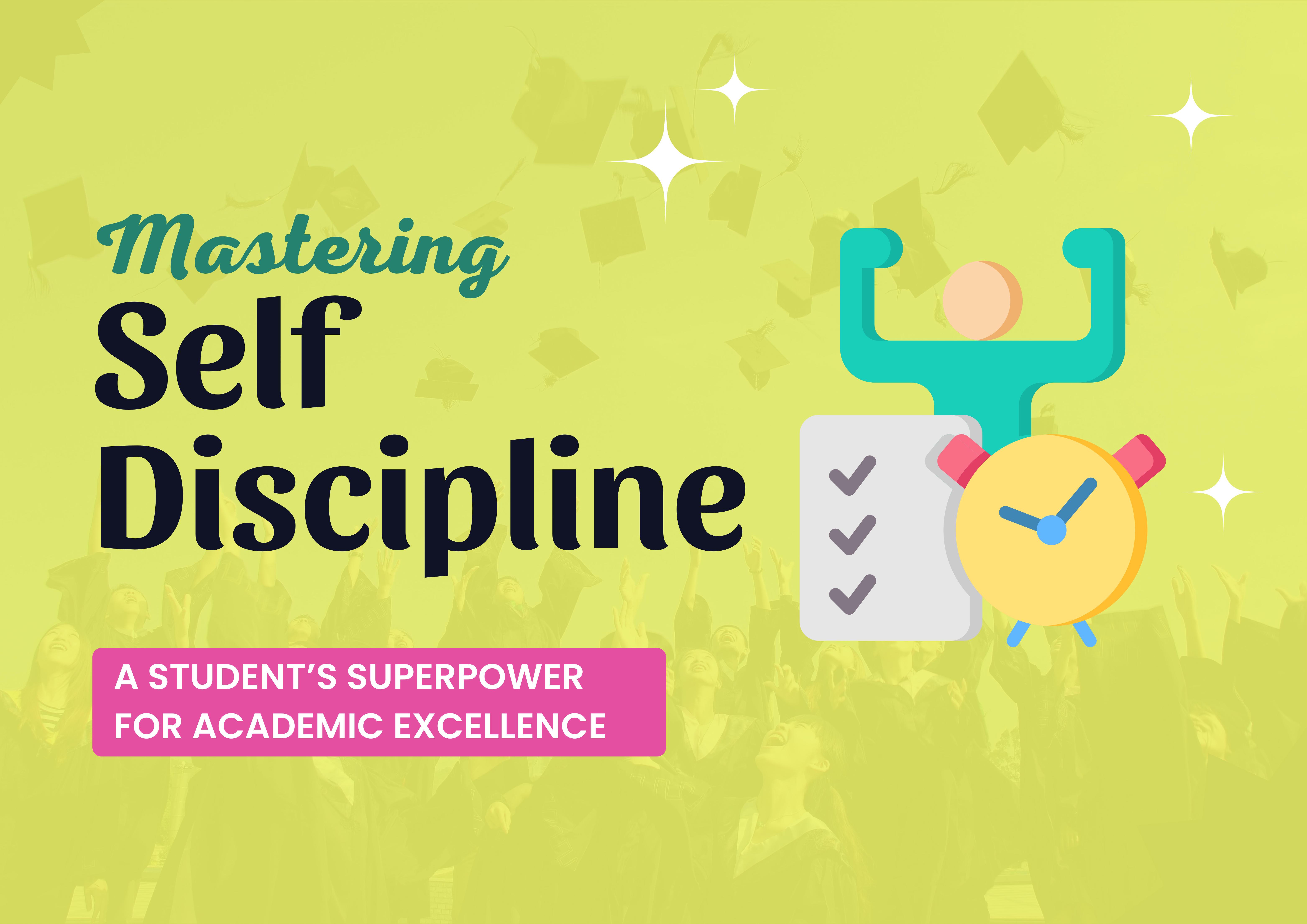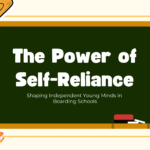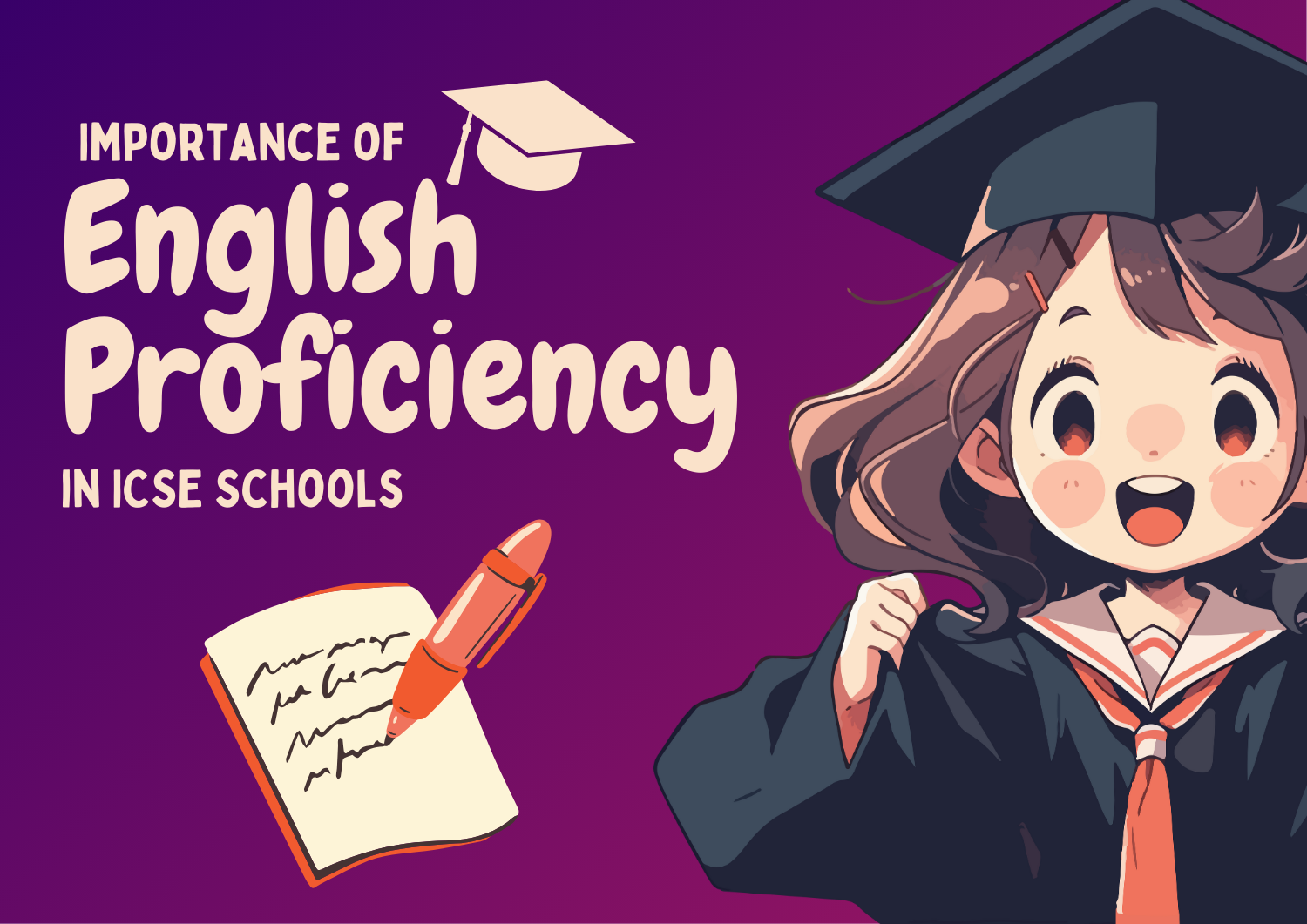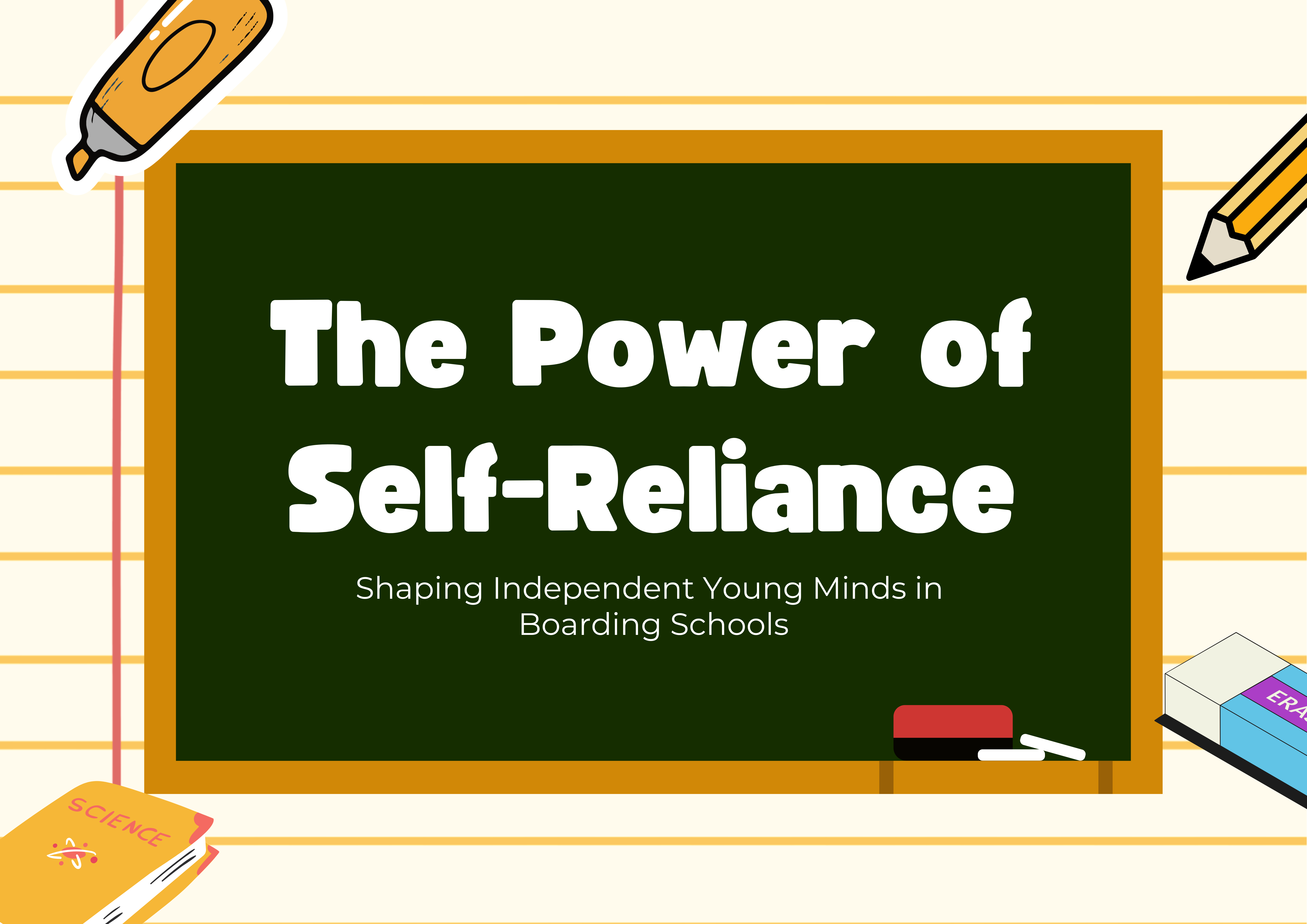For school students, learning to express themselves through stories, poems, or personal reflections is more than just a fun classroom activity—it’s a powerful life skill.
Creative Writing Skills empower students to explore their imagination, sharpen their thinking, and communicate more effectively in every subject.
Whether you’re writing a short story or penning a personal essay, mastering these skills can turn average schoolwork into captivating narratives. And when nurtured early, these abilities often blossom into confidence, creativity, and communication prowess—skills students carry for life.
In vibrant learning environments like boarding schools in Dehradun, creative writing is not just encouraged—it’s embedded into daily learning.
At Shri Ram Centennial School Dehradun, students are given opportunities to write freely, think deeply, and grow creatively.
Why Creative Writing Skills Matter for School Students

In an academic world dominated by right or wrong answers, creative writing offers students something different: freedom. Here, there’s no “one correct way” to tell a story or describe a feeling. When students practice creative writing, they:
- Enhance their imagination and problem-solving.
- Improve vocabulary and sentence structure.
- Learn empathy by exploring different characters and perspectives.
- Build emotional intelligence through personal expression.
- Gain confidence in presenting ideas clearly.
With structured guidance, students can transform scattered ideas into polished stories—and that’s where these essential creative writing skills come in.
Top Creative Writing Skills Every Student Should Develop

- Imagination and Original Thinking
Every creative story starts with a spark of imagination. Students should be encouraged to dream, invent, and explore unique perspectives—without fearing mistakes. This foundation allows their creativity to flourish. - Clarity in Expression
Even the most imaginative idea loses power if not communicated clearly. Helping students write with clarity teaches them how to organize thoughts logically, making their stories not only vivid but also coherent. - Story Structure and Flow
Understanding how to build a beginning, middle, and end helps students keep their readers engaged. Strong story arcs, supported by conflict and resolution, are crucial elements of great storytelling. - Character Building and Emotions
Teaching students how to create realistic characters with depth enables more relatable stories. Emphasizing emotional expression also enhances empathy and self-awareness. - Word Choice and Vocabulary
Expanding vocabulary allows students to paint more colorful and precise pictures with their words. Reading regularly and experimenting with synonyms adds richness to their writing. - Editing and Revising
Great writing doesn’t happen in one go. Encouraging students to reread and revise builds patience and attention to detail—both essential in academic and personal writing. - Writing Routine and Discipline
Like any other skill, writing improves with practice. Students should develop a habit of writing regularly, whether through journals, prompts, or short stories. - Constructive Feedback
Sharing writing and receiving feedback teaches resilience and helps students grow. Peer review groups or teacher-guided critique sessions can be both educational and confidence-boosting.
4 Techniques to Make Creative Writing Fun and Effective

To truly enhance creative writing skills, schools and parents can make the process engaging. Here’s how:
- Use visual prompts: Show a mysterious photo and ask students to write a story around it.
- Word games: Activities like “build-a-story” or random word challenges stimulate thinking.
- Incorporate multimedia: Let students narrate their stories with illustrations, comic panels, or audio recordings.
- Encourage reading: The more students read, the more naturally they pick up storytelling techniques.
Final Thoughts
Developing creative writing skills in school children is not just about better essays—it’s about nurturing thinkers, communicators, and imaginative minds.
With the right support, students can learn to turn their ideas into engaging stories that reflect both their inner world and the world around them.
At Shri Ram Centennial School Dehradun, creative writing is more than a subject—it’s a celebration of voice and vision. Encouraging students to express themselves freely not only prepares them for academic success but also builds skills essential for life.









